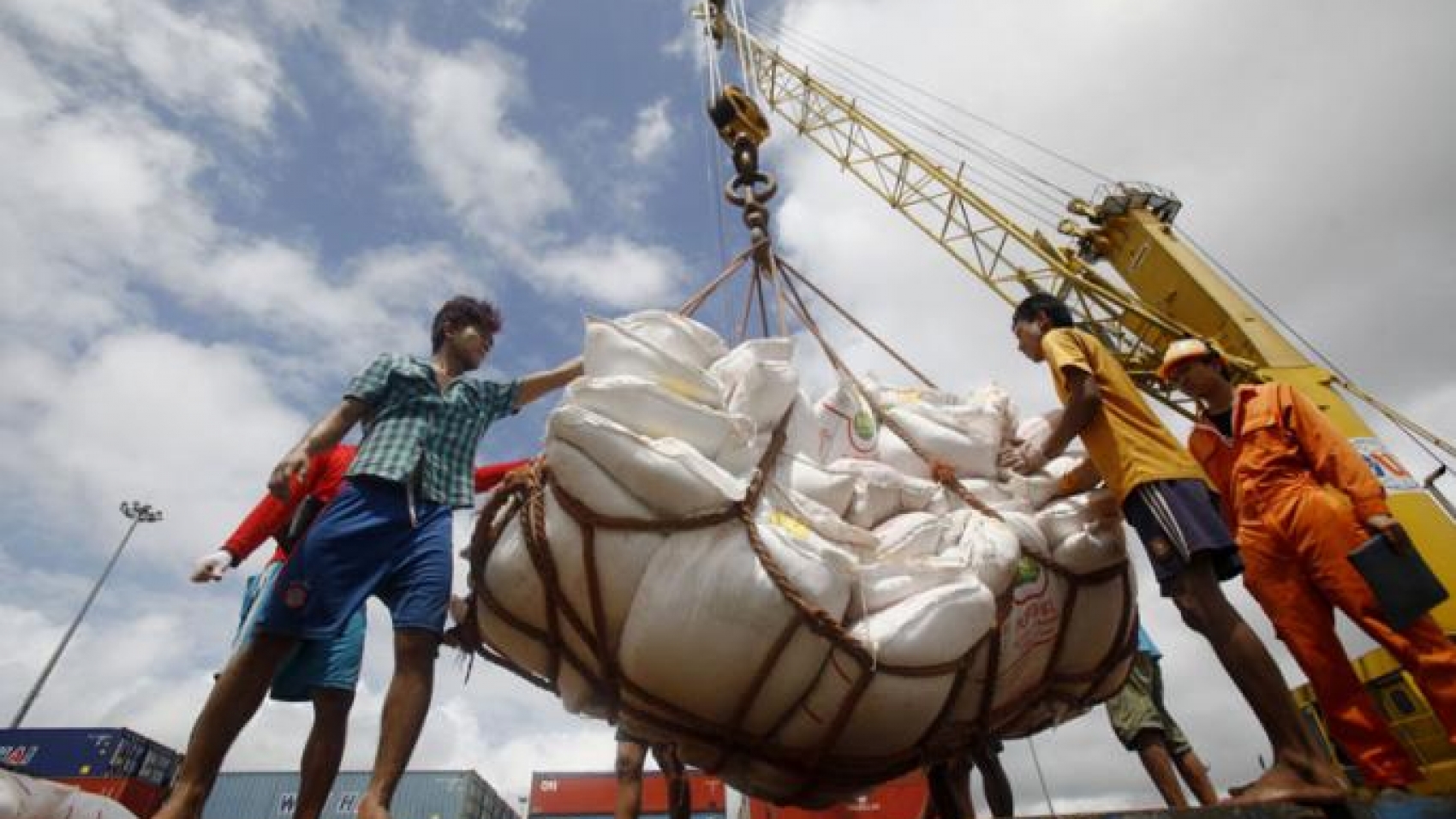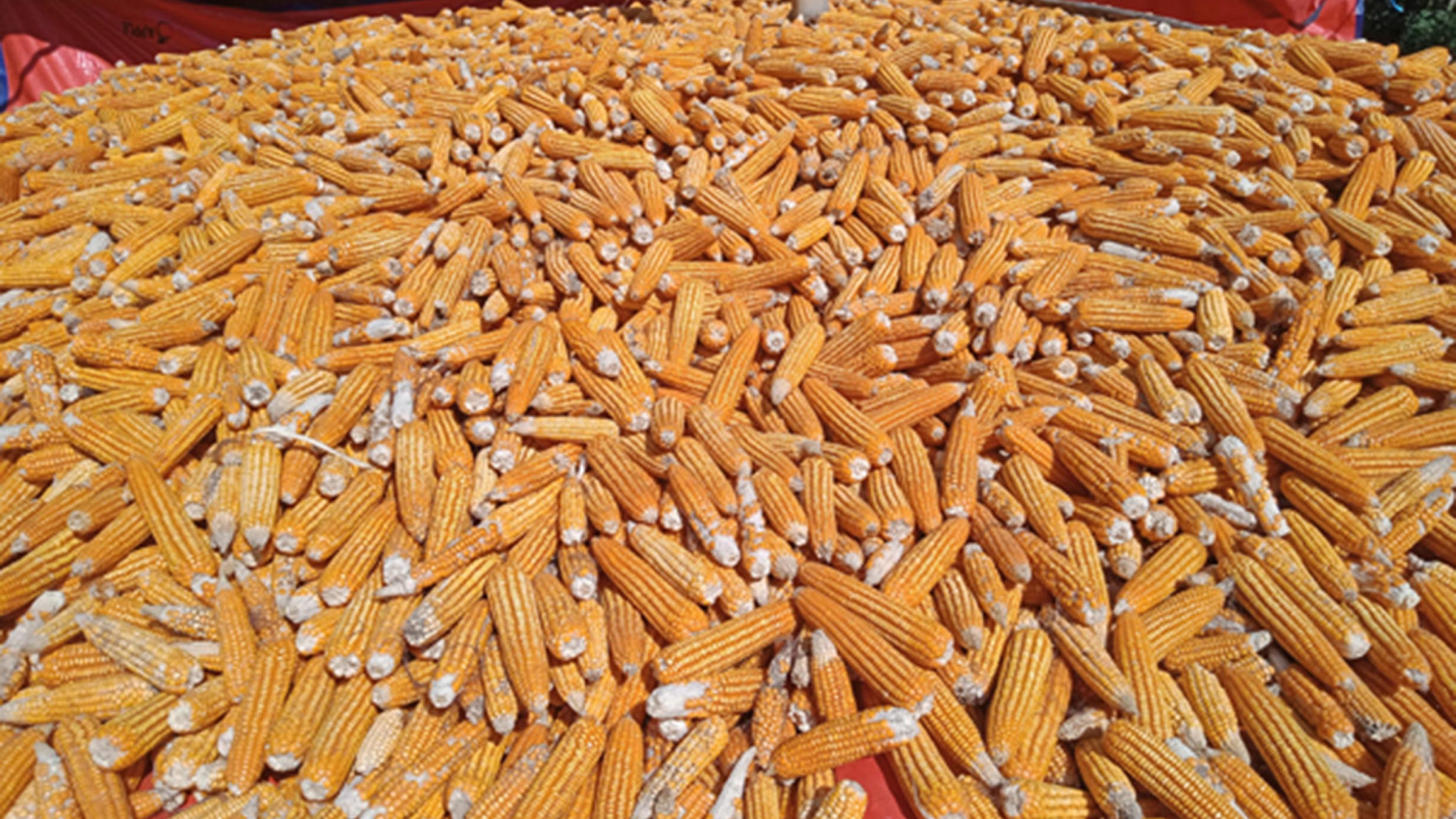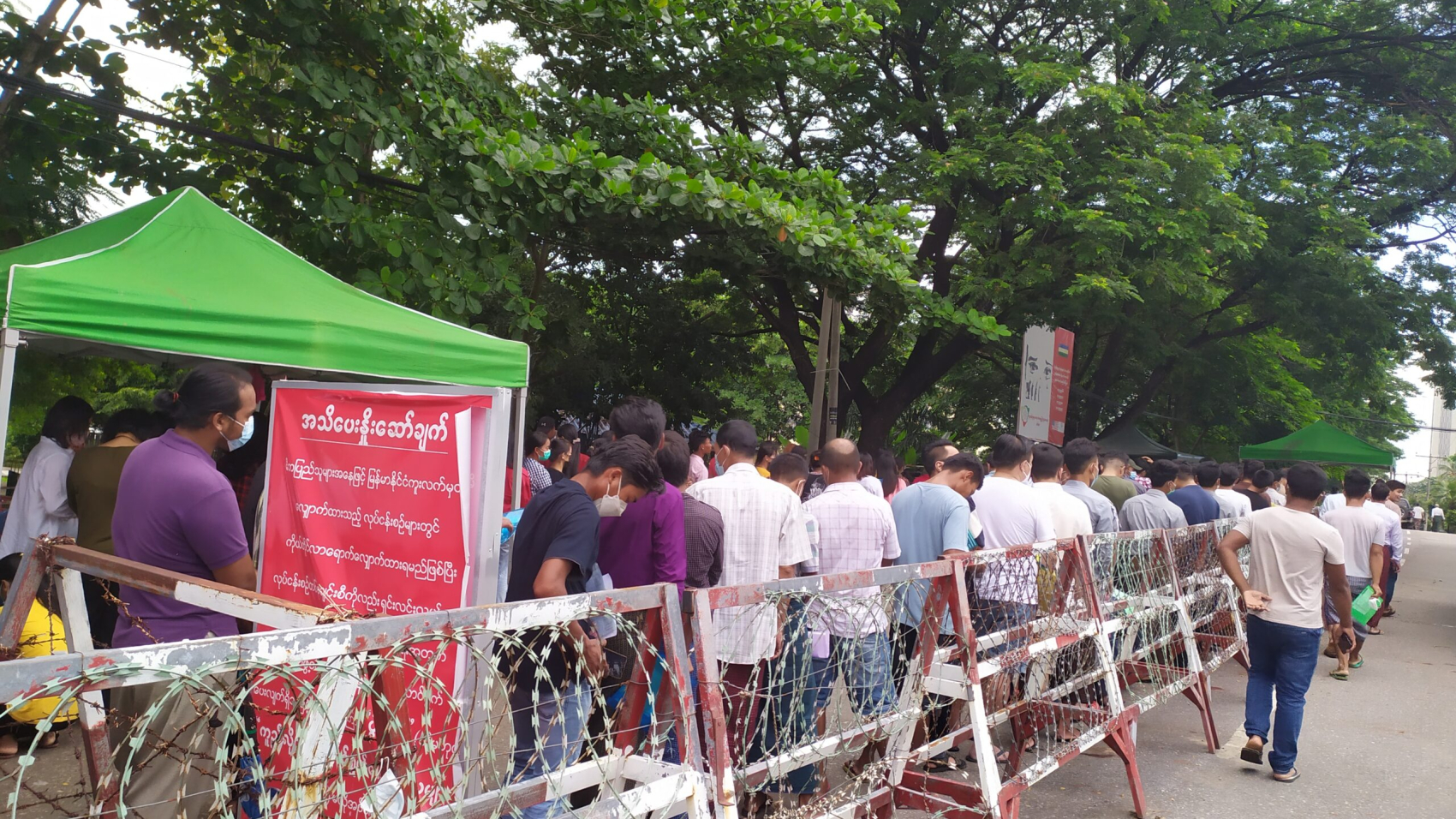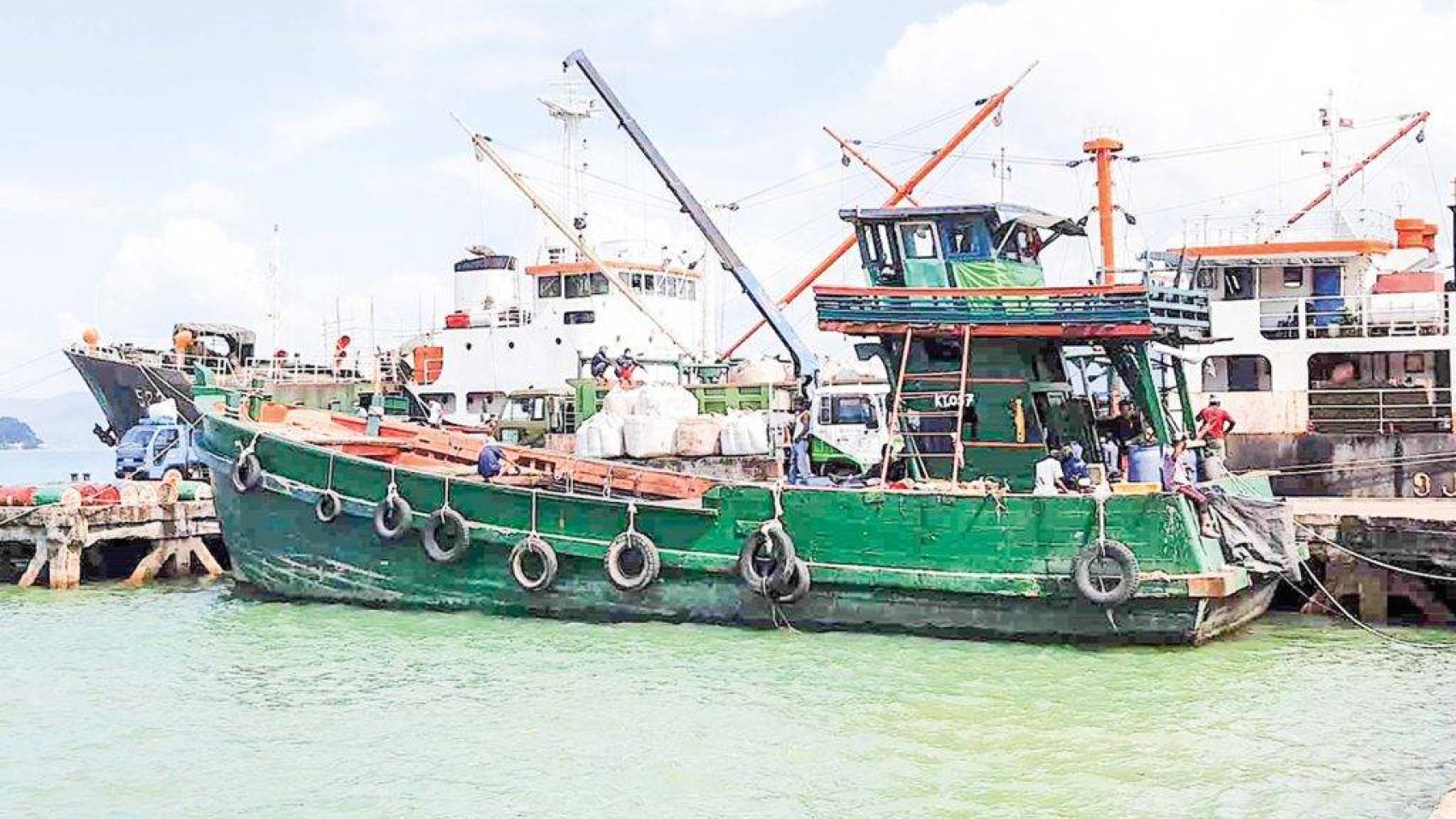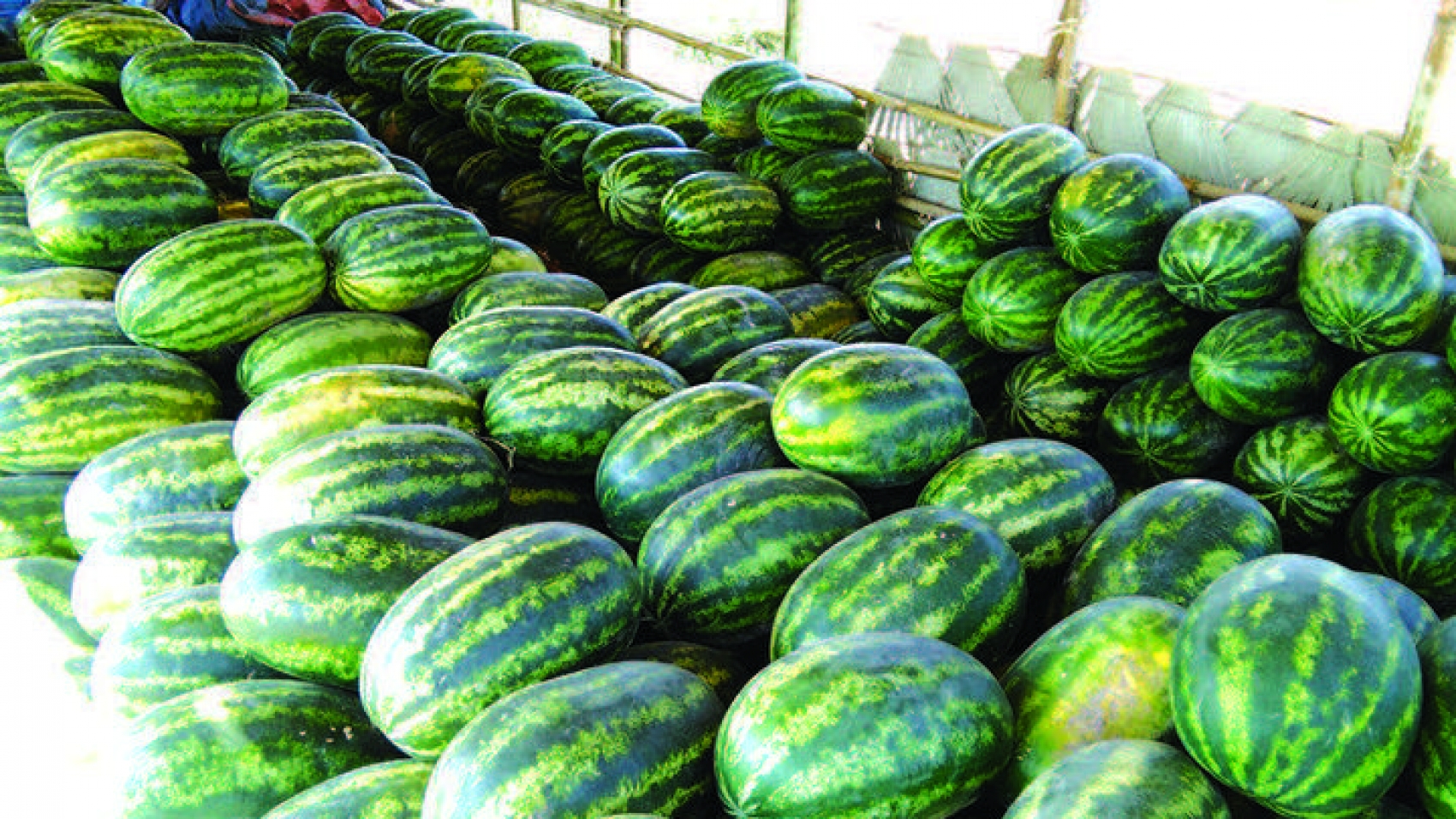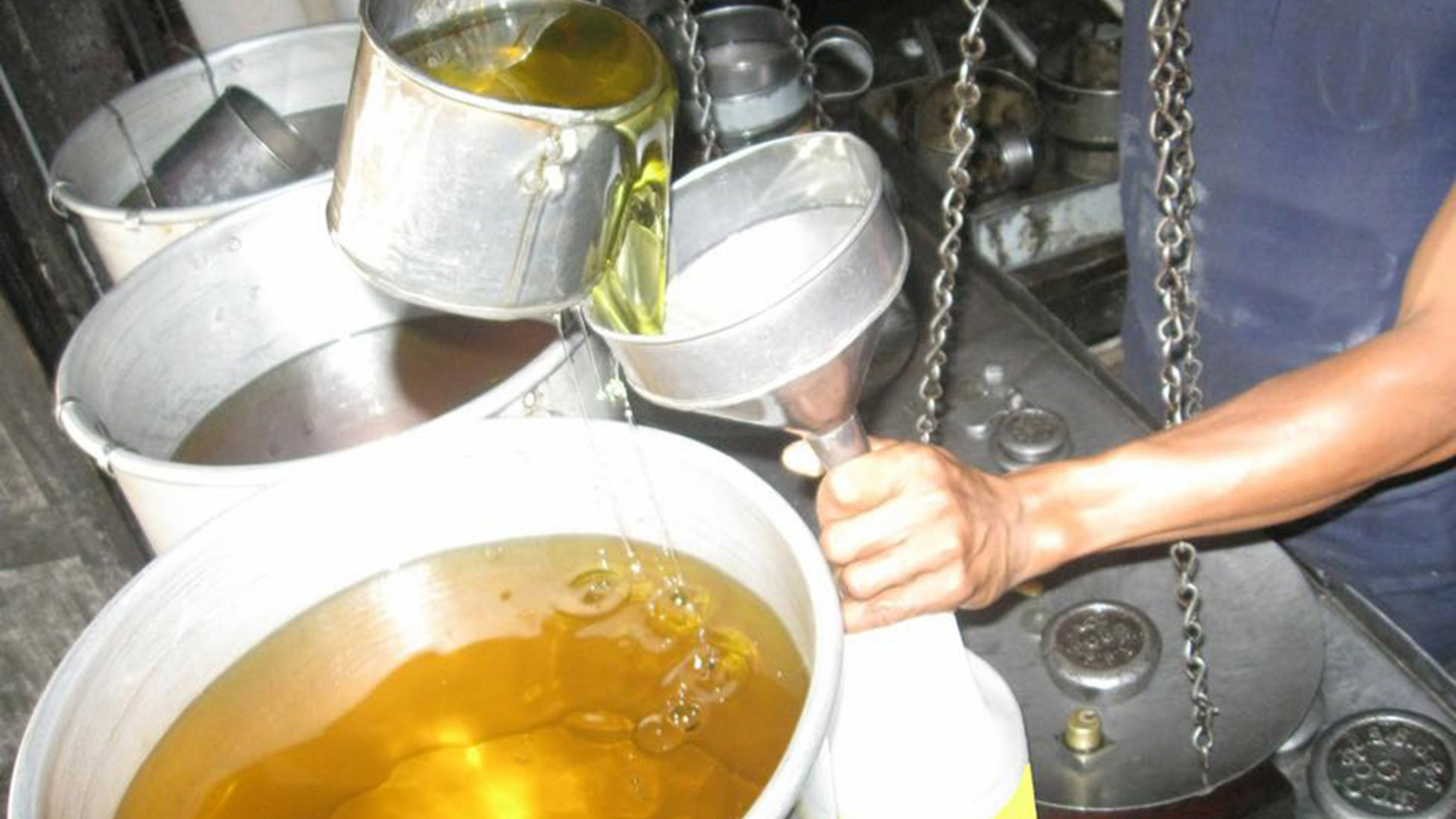In the last year 2022, 655 container ships of international shipping lines entered Yangon ports, and as of February 27 this year, 51 ships entered. In January of this year, 45 ships entered and worked at the port. 51 container ships in Yangon ports in November 2022; In December, 54 ships entered and carried out port operations. Last October 2022, 50 container ships 55 ships in September; 55 container ships in August In July, 49 container ships of 15 international shipping lines entered and unloaded cargo at Yangon ports. 49 container ships of 13 shipping lines in Yangon ports in January 2022 to increase imports according to domestic demand.
In February, 48 container ships of 13 shipping lines; 50 container ships in March; In April, 52 container ships of 14 shipping lines; In May, 54 container ships of 12 international shipping lines; In June, 53 container ships entered. Since May 2021, more international container and general cargo ships have entered Yangon ports, handling more than 11,000 containers and 115,000 metric tons of general cargo. Starting in 2021, Maersk Line Myanmar (Sealand Maersk) launched three new container ships to meet the needs of maritime trade.
The new Sittwe Port, which is part of the Kelantan Multipurpose Transport Project (KMIT), will open soon and will be able to berth 5,000-6,000 ton ships, according to the Rakhine State Chamber of Commerce and Industry. On August 27, when the Indian Consulate General and officials and officials of the Rakhine Traders and Industrialists Association met, the Indian Consulate and KMIT port officials said the above. The new Sittwe port of the KMIT @ Kaladan Multi-Transit Transport project, which has been completed under the India-Myanmar Friendship Program, will soon be operational. 5000-6000 ton ships will be able to dock. Due to the discovery of a new waterway in the Yangon River, international seagoing ships with a draft of 10 meters can now enter and leave Thilawa Port, which has been allowed to increase the draft limit.
Source: The Global New Light of Myanmar

